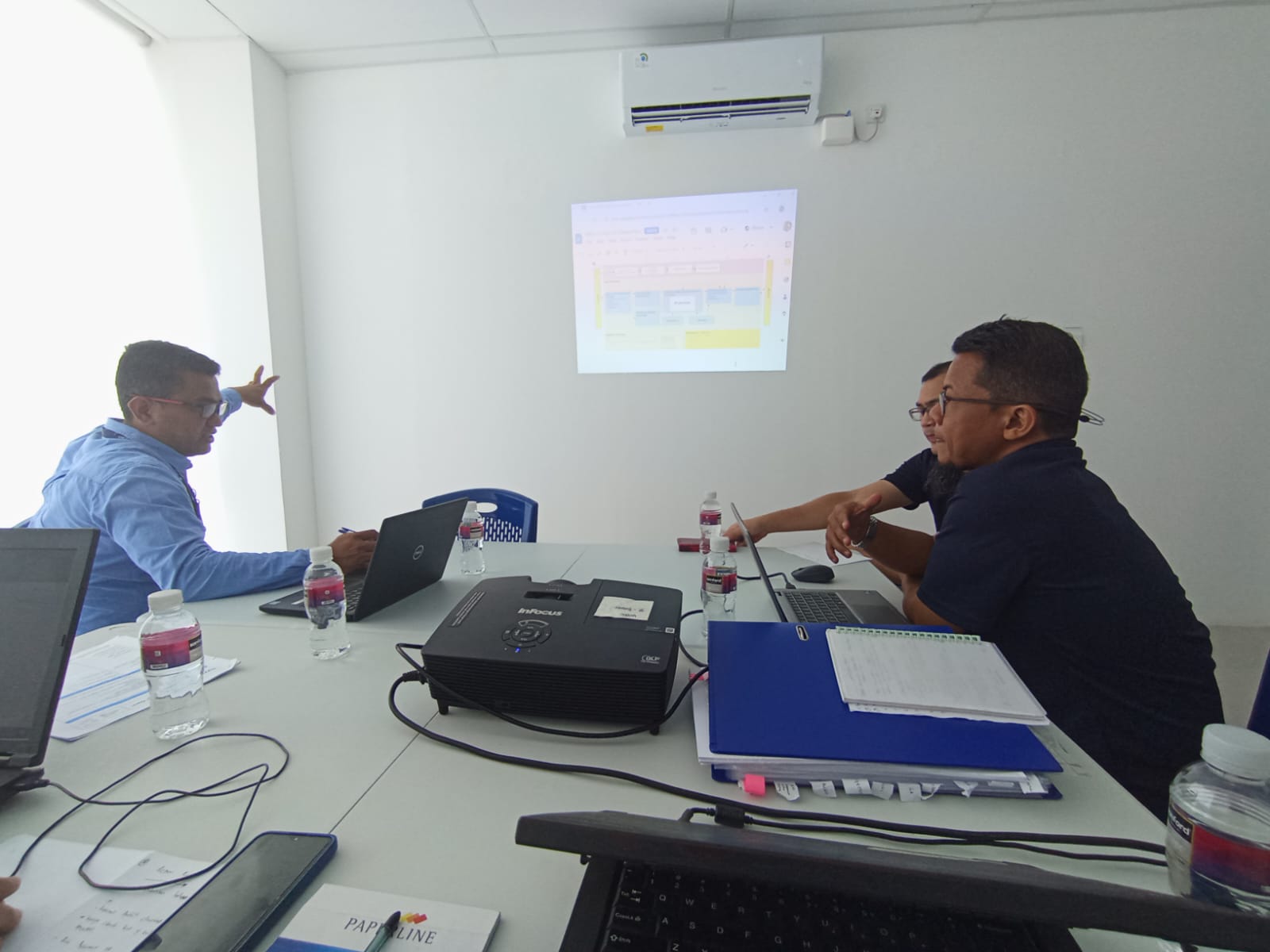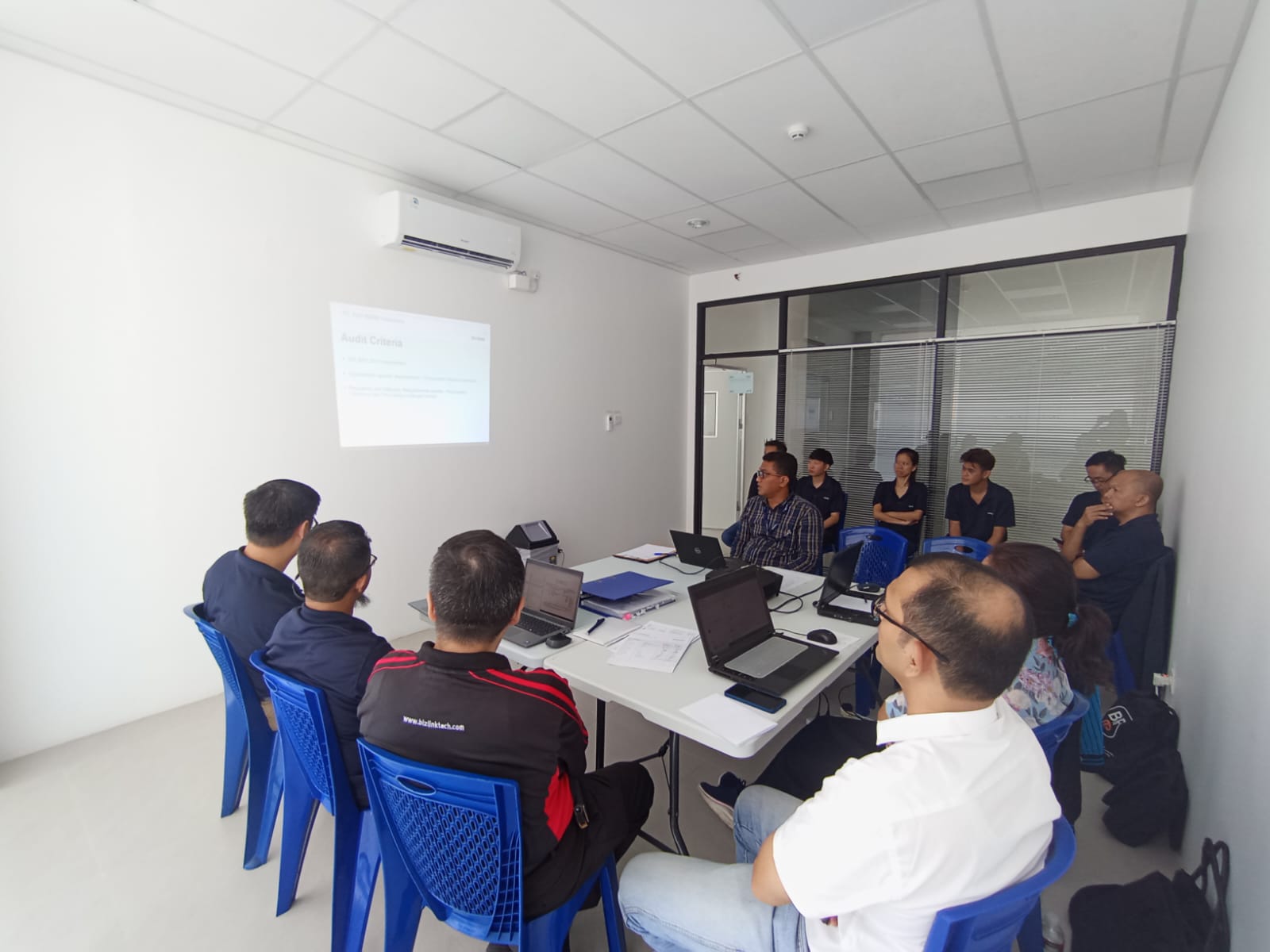impacts , and how will they communicate this to stakeholders. Sustainability and corporate social responsibility are not mutually exclusive, but complementary. for two elements main ISO Standards and Sustainability Reporting.
Mapping the Battlefield: What Are ISO Standards and Sustainability Reporting?
Before discussing the relationship between these two concepts, we must have a brief understanding of both of them.
- ISO (International Organization for Standardization) Standards: ISO is an organization that provides international standards certification and frameworks for maintaining quality, safety, and efficiency. In the realm of sustainability , the two most important standards is :
- ISO 14001 (Environmental Management Systems): This is a framework for companies that want to establish, implement, maintain, and improve an environmental management system. It focuses on processes—how an organization identifies, controls, and reduces the environmental impacts of its operations.
- ISO 26000 (Social Responsibility Guidelines): Unlike ISO 14001, ISO 26000 is not certifiable and is not a standard, but rather a guideline. It provides advice on broader social responsibility practices such as human rights, employment practices, community engagement, and legal compliance .
- Sustainability Reporting: This is when an organization discloses its economic, environmental, and social performance. This report serves as a communication tool. The most widely adopted framework worldwide for this type of reporting is the Global Reporting Initiative (GRI) . The GRI provides very detailed standards for what should be reported, from greenhouse gas emissions and water consumption to working conditions and workers’ rights.
Connection Symbiosis : How ISO and Sustainability Reporting Work Together
The relationship between the two is not a rigid cause-and-effect relationship, but rather a mutually beneficial symbiotic one. Imagine a company that wants to seriously pursue sustainable business.
1. ISO as the ” Engine Behind the Scenes Stage “, Sustainability Reporting as a ” Show on Stage “
- ISO 14001 is foundation operational . A companies that implement ISO 14001 will have a systematic process For identify aspect environment ( for example , waste) liquid , emissions air , consumption energy ). They will set goals and objectives to improve that performance, and have procedures in place to monitor and measure it.
- Data from the ISO system is the “meat” of the Sustainability Report. When companies want to prepare a GRI report, they no longer need to scramble for data. The ISO 14001 system provides structured and verified data on environmental performance. For example, to report on GRI indicators on energy consumption (GRI 302) or GHG emissions (GRI 305), the data is readily available and managed within the management system.
2. ISO Builds Report Credibility
A sustainability report can be full of promises and rosy narratives. However, without an underlying management system, it risks being perceived as greenwashing . ISO 14001 certification by an independent body gives report readers confidence that the environmental data disclosed is not fabricated figures, but rather the result of a robust, regularly audited system. This adds a valuable layer of credibility and reliability .
3. Sustainability Reporting as a “Mirror” to Improve the ISO System
This relationship isn’t one-way. Sustainability reporting, especially using the GRI framework, forces companies to look more broadly. GRI often covers aspects that may not be fully covered in ISO 14001, such as impacts on biodiversity or deeper social issues.
The result? The reporting process can reveal areas where a company’s management system is weak. For example, if the GRI requests data on indigenous peoples’ rights, and a company struggles to provide it, this provides valuable feedback. The company can then use ISO 26000 guidelines to strengthen its policies and procedures in that social area. Reporting thus becomes an evaluation tool that drives continuous improvement of the management system.
ISO 14001 vs. GRI: An Insightful Comparison
The fundamental difference between ISO 14001 and the GRI framework lies in their focus and objectives. GRI focuses more on publicly disclosed “performance and results,” while ISO 14001 focuses more on internal “processes.” You can think of ISO 14001 as a machine running inside a company’s engine room. This standard aims to establish a planned and systematic environmental management system for identification, control, and continuous improvement. The primary expected outputs are certification, the development of documented procedures, and an internal audit process that maintains this system. It is a management tool designed for consistent control and improvement.
In contrast, the GRI is a platform for companies to showcase their performance. This framework focuses not on how a company organizes its internal processes but rather on what results are produced and what impacts they have. Because it is comprehensive, the standard’s scope is broader than ISO 14001 (which focuses solely on the environment). Another difference is that ISO 14001 is a certifiable standard, ensuring that a third party has assessed and approved the management system. However, the report can be assured by an independent party.
The difference is that ISO 14001 focuses more on internal system development, while GRI focuses more on external reporting of results. Companies that achieve both certifications can demonstrate that they have a robust and structured environmental and sustainability management system (ISO 14001) and are prepared to account for the impact and effectiveness of that system’s implementation (GRI).
Conclusion: An Inseparable Relationship for the Future of Business
ISO standards and Sustainability Reporting are two inseparable partners in the journey towards sustainable business.
- ISO standards (especially 14001 and 26000) provide the operational backbone . They are the engine that ensures sustainability commitments are implemented in a disciplined, measurable, and consistent manner within the organization.
- Sustainability reporting (such as GRI) is the voice and face of that commitment. It is a transparency tool that transforms data and technical processes into a narrative that investors, customers, the public, and regulators can understand.
A company with only ISO certification but no reporting may be doing good work but failing to communicate and be publicly accountable for it. Conversely, a company that produces a slick sustainability report without a robust management system is like building a house on sand—fragile and vulnerable to criticism.
Therefore, the relationship between ISO and Sustainability Reporting is complementary and mutually reinforcing. ISO is the evidence of action, while Sustainability Reporting is the story of that action. In a modern business landscape that increasingly demands accountability, combining the strengths of both is no longer an option, but a necessity to build resilience, reputation, and sustainable competitive advantage.
Untuk informasi lebih lanjut atau bantuan dengan sertifikasi ISO 14001, hubungi kami di:
Kontak: Kristina Saragi, 081268161778, kristina@isospace.id
Call Center: 082288303338
Email: marketing@isospace.id
Terima kasih telah membaca!




Leave a Reply